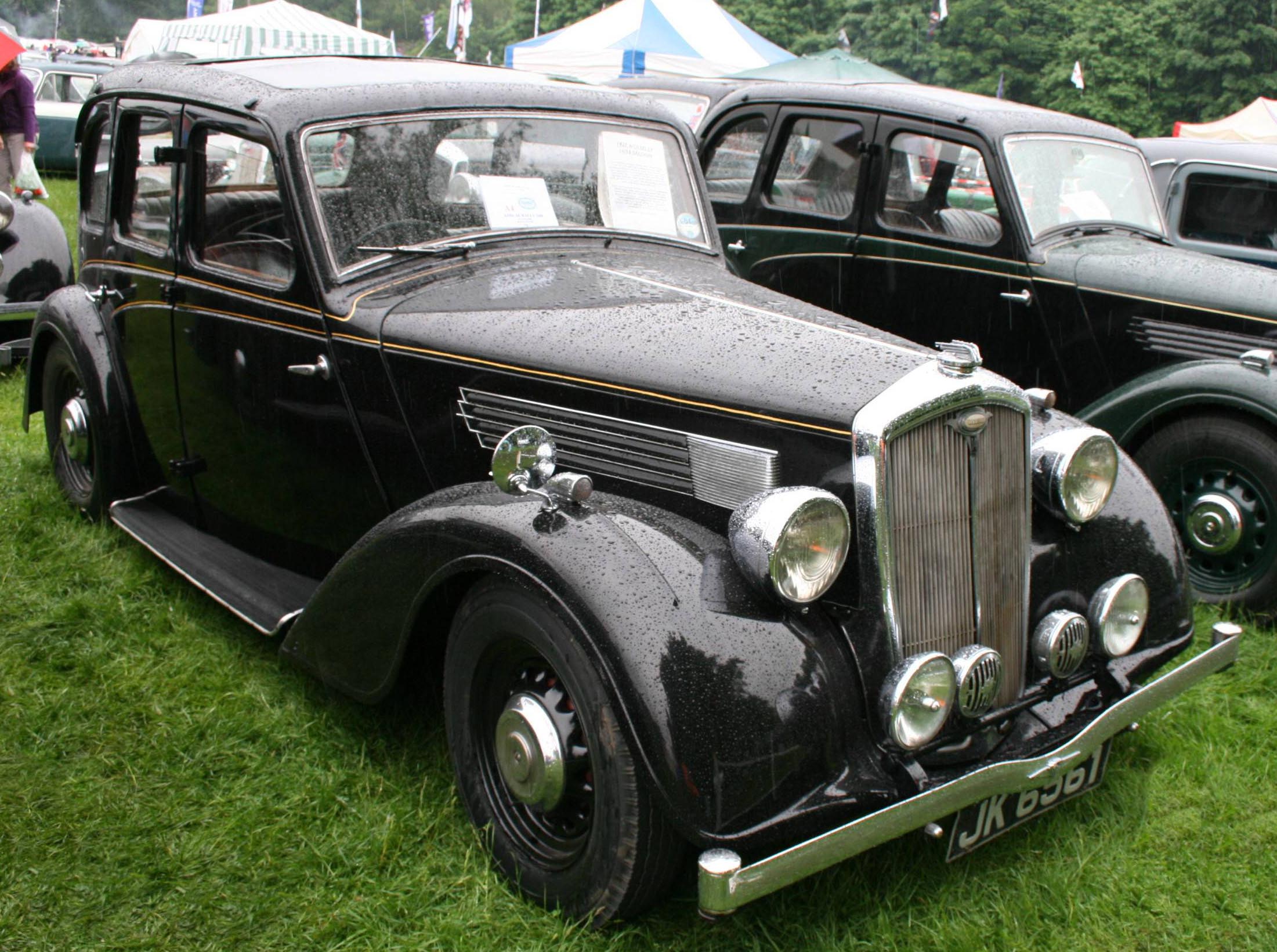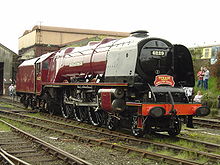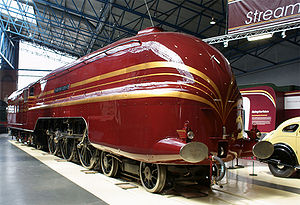BACK TO MY
INDEX PAGE
JOHN NEVILLE BARCOCK.
AUTOBIOGRAPHY CHAPTER 2
Chapter
2.
The Post War Years
1.
The Post
War Years
2.
Trips
with Mrs. Kirkton
3.
The Age of
Steam
LINK to Picture Gallery
THE POST WAR YEARS
1. The Post War Years were
those
up to the early fifties. There seem to be three significant periods
referred to as the "Pre-War years", being the 1930s, The "Wartime
years", 1939-1945, and "The Post War years, 1945 to the early 1950s.
These were really the best times in the sense of being the victors but
the most difficult for people to readjust to. So many wounded soldiers
with missing limbs around, the continuation of rationing despite there
being no blockade, the new Labour Government making big changes and the
fact that Churchill had to take a back seat.
For myself, I had a great time! Not being interested in politics or
rationing, except perhaps for the sweet ration, the thing that
interested me was the return of the motor car. Wonderful cars started
to reappear on the roads. I knew them all, car recognition was my
forte. Dad would show this off to people saying "Tell us what that one
was John" as one sped by. Ford, Austin, Morris were commonplace, more
exciting were Lanchester, Lagonda, Bentley, MG, Jaguar and so on. My
best pal was Frank Kirkton, and the great advantage of that was that
his mother had a Wolseley 12. His Dad unfortunately died and left his
Mum to look after him but also a substantial legacy from their days as
publicans. They ran the Criterion pub in the
centre of Northampton,
near the markets and the Fish market , so they had plenty of trade.
Anyway, the upshot was that we got to go for rides in the Wolseley to
her publican friends around Nothamptonshire. She could hardly see over
the steering wheel, being a small lady. In fact, I think she looked
through it!
The Wolseley was a magnificent car, used by the police with bells on. I
often see one on the TV period dramas. here is a picture of a similar
model;

This one
is a 14-56, the same model I think. Everything
about it is as I remember, the running boards, the door handles the
bonnet and grill. It was indeed
a super car, just down from limousine status but definitely up market!
Lovely leather seats that you disappeared into and wooden dashboard,
walnut or something.
I also had a passion for American cars of the time because I collected
Meccano Dinky cars and they made American Models for the USA market.
Hudson, Buick, Studebaker, and Ford were all well known to me. I
confess I have been collecting them again from eBay where lots of
people seem to have their Dad's collections to sell. Really good
condition ones can be very valuable. I am going to add a separate page
for my collection.
2.
Trips
with
Mrs.
Kirkton driving were magic! One of her publican
friends, a relative even, had "The Lamb" at Stoke
Goldington, just a few miles SE of Northampton in Bucks. It is
still there of course, but then it was just a typical village pub with
a bar where there was a skittle alley. Frank and I played skittles when
the bar was closed in the beery atmosphere. Opening hours were 12 till
2pm then so our afternoon trips were good for skittles. I was amazed to
see a picture of the Skittle
alley on the Lamb Website. If you can
follow that link you see the alley was a leather lined table. You stood
at a distance of about a yard and skimmed a "Cheese" at the skittles
The Cheese was a wooden disc about 4ins. diameter and 1inch thick. We
had great fun at it.
When we tired of skittles we would wander around the back of the pub
and play games in the barn building there, go across the road to "Wesleys"
bus
garage
to
look
at
the
coaches.
One of the Wesleys was often there
and would let us climb up in the cabs. Wonderful times for us, I
remember so well they must have been good.
Bugbrooke was another village where Mrs. Kirkton had publican friends
and trips there gave us time to play in the outbuildings of the pub,
which I can't remember the name of.
But the most famous trip with the Kirktons was to East Runton near
Cromer on the East
coast of Norfolk. They had a relative or someone she knew who had a
caravan there.
Cromer was a popular seaside place near Hunstanton and Yarmouth, famous
for Cromer
Crabs, A
week's
holiday
was
arranged
for
us
to
stay
in
the
caravan
on
the
cliffs
overlooking
the
sea.
We
started
out in the Wolseley,
Mrs
Kirkton
peering
through
the
steering
wheel
and
Frank
in
the
front
beside
her,
me
in
the
back.
We
had got about halfway there, 40 or 50
miles, when the car broke down. Somehow, perhaps from an AA telephone
box, Mrs Kirkton phoned her garage back in Northampton. They said they
would send someone out to us. Bear in mind that there was very little
traffic about then. just the occasional car, so we were really in the
wilds. The fact that I remember it means it must have had an impression
on me, but I didn't have any fears and eventually help arrived and we
were on our way again. We had a good time there, living on fish and
chips and cheese which Frank had a passion for. Somehow we made it home
safely but a few weeks later there were severe gales there and the
caravan site was virtually blown away!
I have recently made contact with Frank through this Web site, and we
have been able to share those memories by email. He is now a widely
travelled man with diplomatic responsibilities having had quite a
different life to mine. How surprised we would be if we could have
known how our lives would turn out, but that would have spoilt the life
adventure.
BACK TO TOP
3.
The Age of Steam
I
was
very
lucky
to
be
a
boy
when
the
railways
were
still
powered
by
steam
engines.
They
were like living beasts, like dragons snorting
steam and fire and hissing and clanking away. You certainly knew there
was something going on up front when you rode in the train and were
lucky to escape a blast of smoke and soot. The present day trains are
so quiet, clean and sanitized by comparison but boring consequently.
Give me the filthy smokey steam age trains any day!
To "spot" the best express steam trains and locos we had to go from
Northampton to Blisworth which was on the main line from London to
Scotland LMS London Midland and Scottish Railway Company line. In their
wisdom, the Northampton authority rejected the main line railway when
it was built and so it by-passed the town going straight to Birmingham.
This was a doubly stupid decision because 1, it lost the town the trade
and passenger connections, and 2, it resulted in the railway goods
centre being developed which cursed the town with the continuous noise
of the shunting yards all night long!
Their loss was mine and my pals gain because to go train spotting we
had to catch the shuttle train from Northampton to Blisworth where
passengers could pick up the main line trains to the North or South.
The shuttle train was a little Tank engine hauling two carriages with
separate compartments. On holidays from school we would pack up a
haversack of sandwiches and fizzy pop and take the bus to Castle
station where we would meet up for the day out.
Our routine followed the same pattern every time. We got our tickets
and went through to the main platform where there was a 1d (penny)
machine that would stamp out a metal label strip with selected letters.
probably for parcels but we delighted in punching out a strip with our
names on. Then we made our way to the branch line platform where the
shuttle train for Blisworth would be. As soon as it was there we would
board a compartment in one of the 2 carriages, hopefully near the
engine at the front. They were single compartments, slam door they call
them now, with long seats either side and windows that could be raised
and lowered with a leather strap. The guard waved a green flag and blew
his whistle and we were off! We hung out of the windows until Hunsbury
Hill tunnel when there was a mad scramble to get the windows up before
the smoke covered us. Out into the light again and we were hanging out
of the windows. All this was quite against the rules but no-one
bothered to stop us, thank the Lord!
When we reached Blisworth we disembarked and made our way out of the
station onto a country side road. The station was outside the main
village. I see from Google that the branch to Blisworth and the station
no longer exist, but Hunsbury Hill tunnel is there on the line to Roade
where it joins the main line to London. The fields we were making for
have now been built over, but then it was open country. after half a
mile or so we came to a field alongside the railway tracks. there was
also a disused quarry which provided a diversion from train spotting.
The trains we looked out for were the named expresses. The "Royal
Scot", the "Mid-day Scot", the "Coronation Scot", the "Irish Mail" all
hauled by named locomotives. The Coronation class locos we called
"Streaks" and knew them before they came into view by the sound they
made at speed. A regular "Pssst, pssst" from the pistons I guess.
The "Duchess of Hamilton" locomotive has been preserved and with
streamlining it was truly magnificent. These pictures are from
Wikipedia.
 Duchess of
Hamilton
Duchess of
Hamilton  Duchess streamlined.
Duchess streamlined.
I never saw the streamlined version, the streamlining was taken off in
1946
as
it
caused
trouble
with maintenance I have read, but it looked
magnificent in the boys magazines I read.
These trains were flat out on that stretch of line, perhaps at 80+
mph. You could tell by the clackety-clack of the wheels over the rail
joints being almost a continuous brrr, brrr.
As they thundered by the fire in the firebox could be seen as the
fireman on the footplate shoveled in the coal, and the engine driver
would wave back at us as we waved our arms madly to get a response.
At the top of the field where we watched the trains was a road with a
bridge over the line and on the other side was the signal box for the
approach to Blisworth from the North, If there was a friendly signalman
on duty he would let us in the box. Steps had to be climbed to get in,
then inside was a magical world of dinging bells and tea brewing
aromas. There were a series of bell dings of different tones for a
train passing the previous box and to be sent to the next box on. The
signalman would say "That's the Royal Scot coming, pull that lever
boys" We would grasp the huge lever and with his help pull it towards
us to set the signal off. Then, leaning out of the window to await the
train, listening for the sound of the steam loco. Almost out of nowhere
the incredible flash of the steam and fire and smoke the train
thundered by and the clackerty clack of the wheels on the rails faded
as it sped on.
BACK
TO
TOP

 Duchess of
Hamilton
Duchess of
Hamilton  Duchess streamlined.
Duchess streamlined.